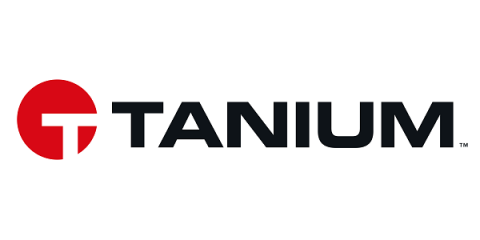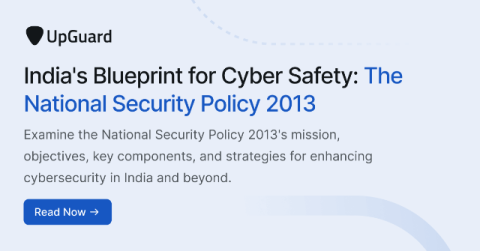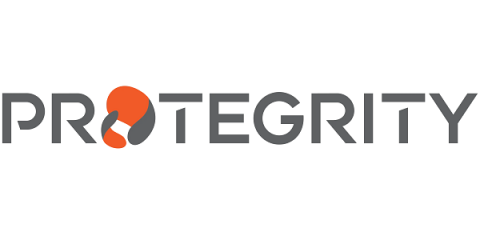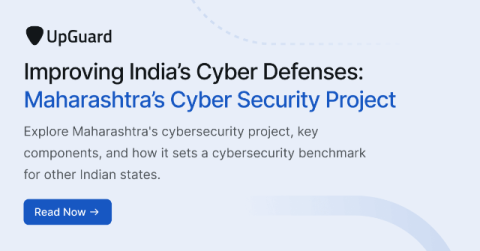How To Know If You've Received a Fake USPS Tracking Number
You can tell if you’ve received a fake USPS tracking number if the number doesn’t match the one in your confirmation email or on the USPS website. Continue reading to learn more about telling signs that the USPS tracking number you have received is part of a scam and how to prevent yourself from becoming a victim of fake USPS tracking number scams.










